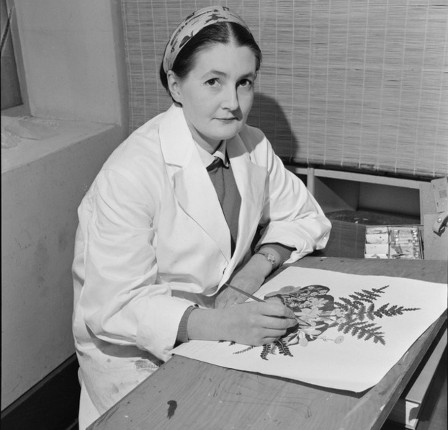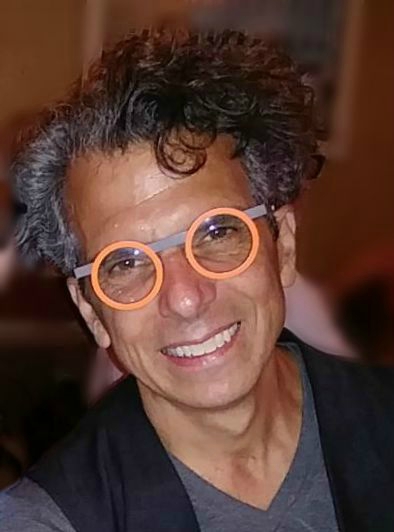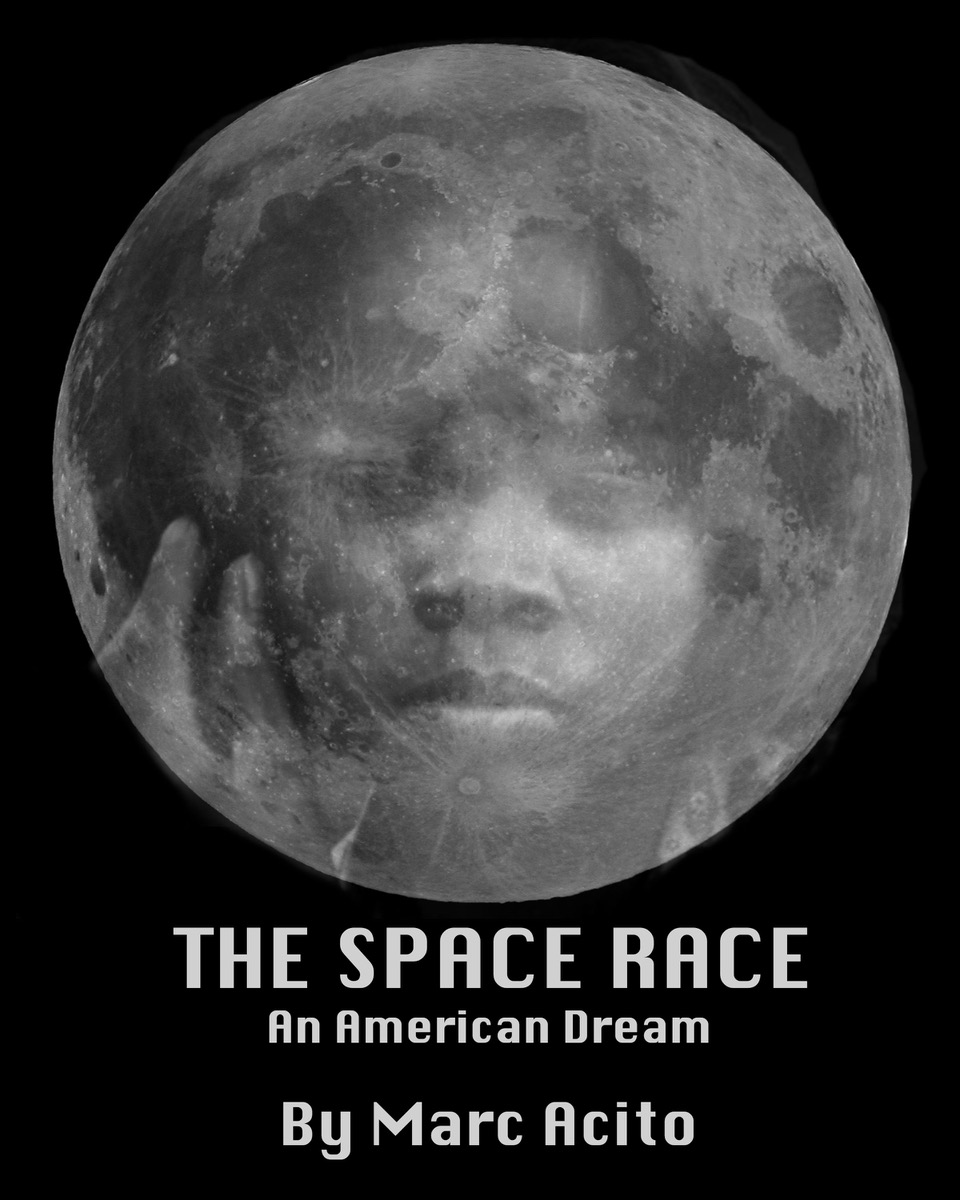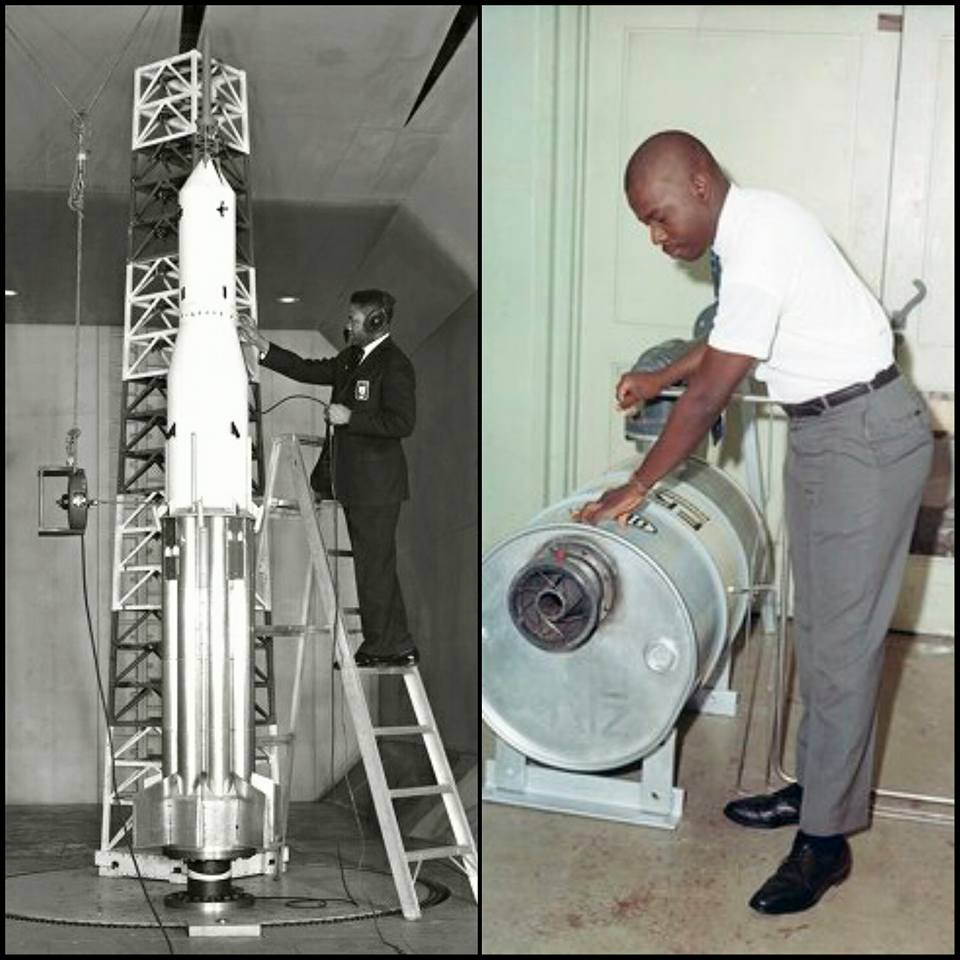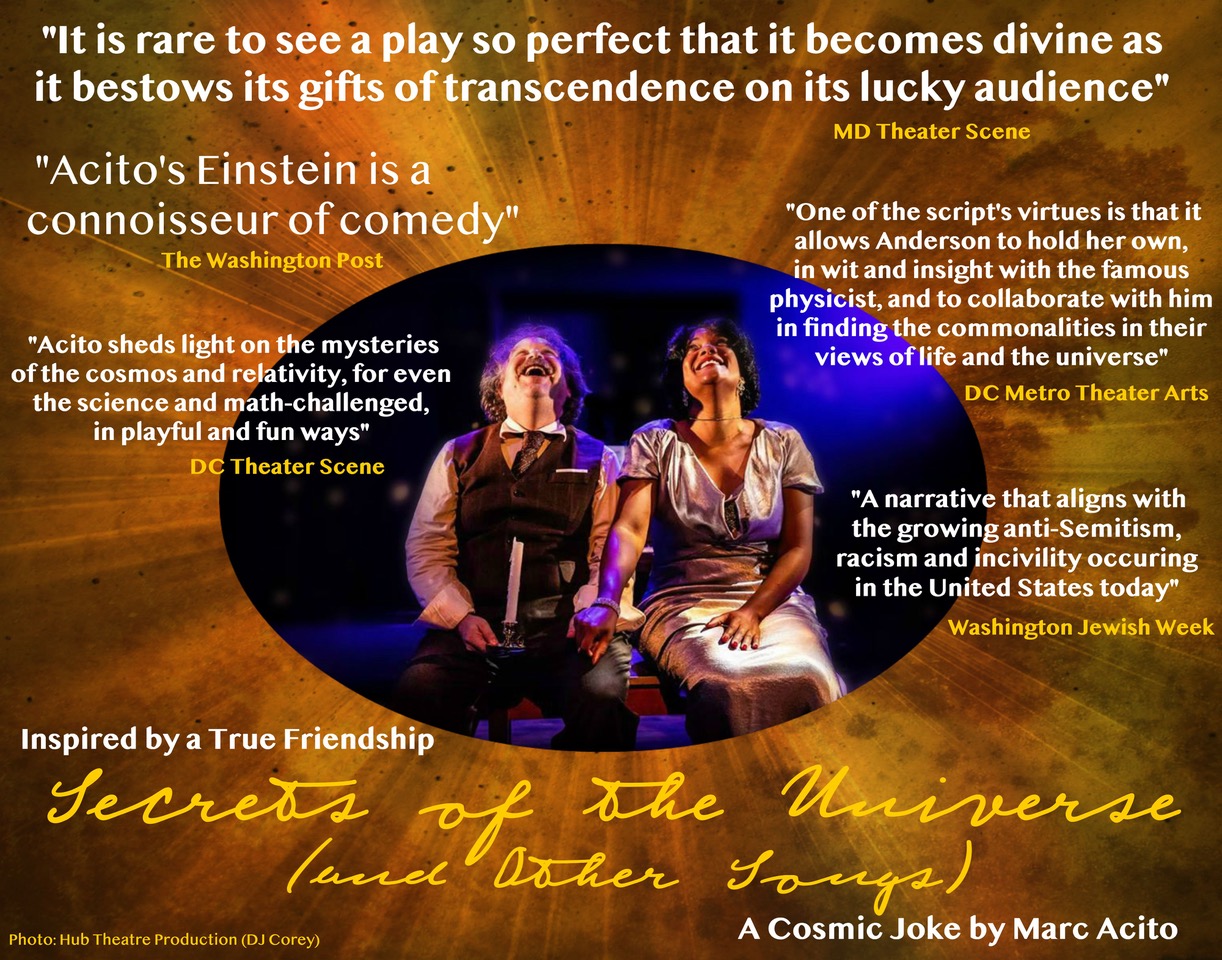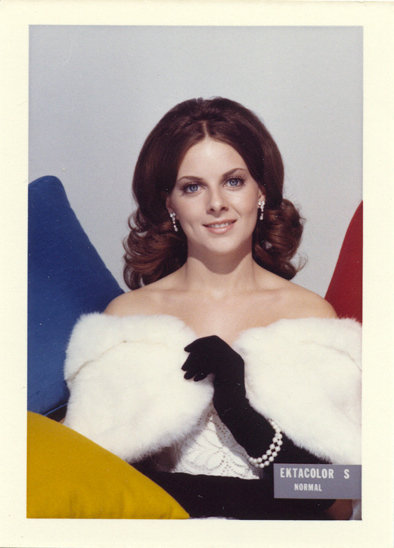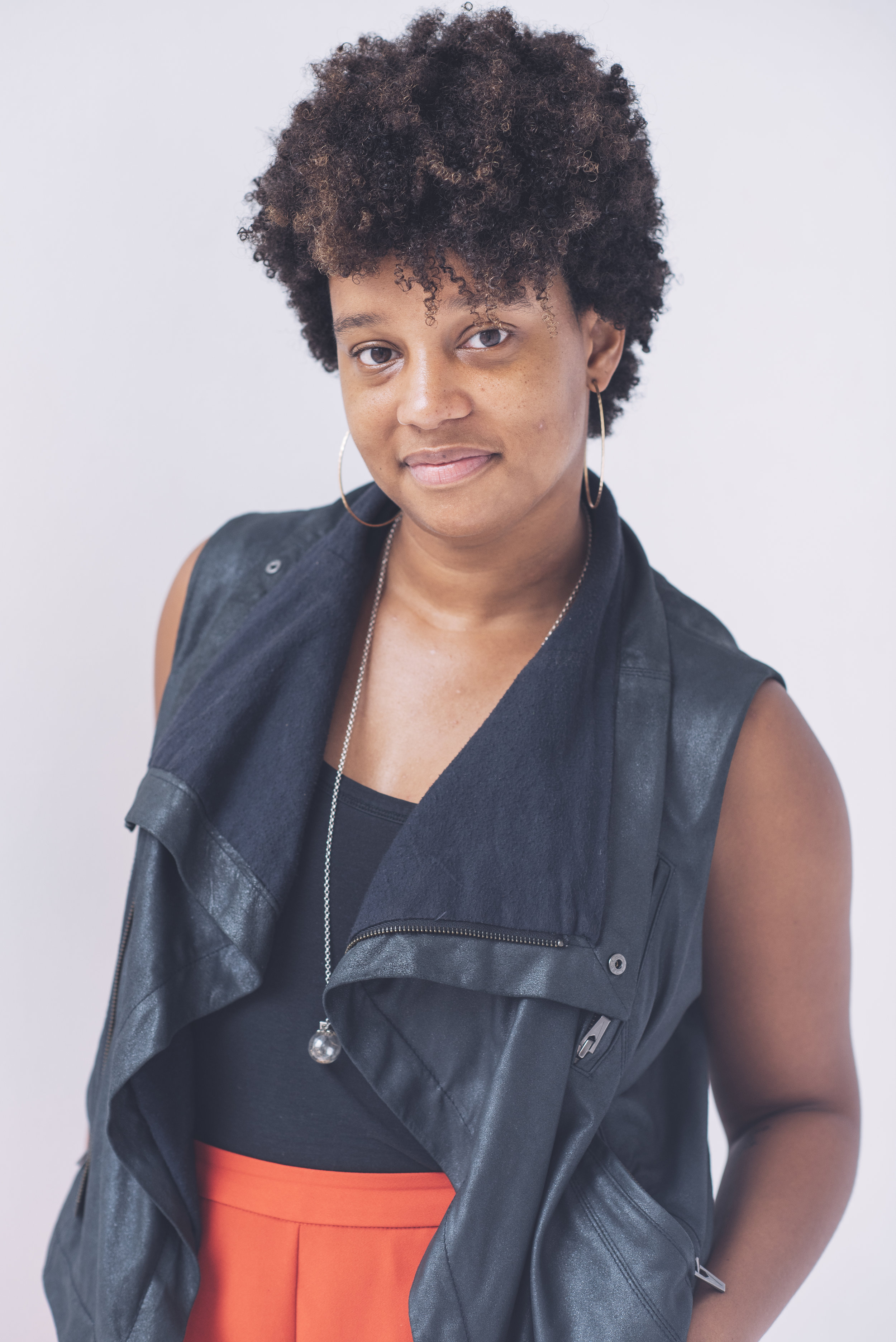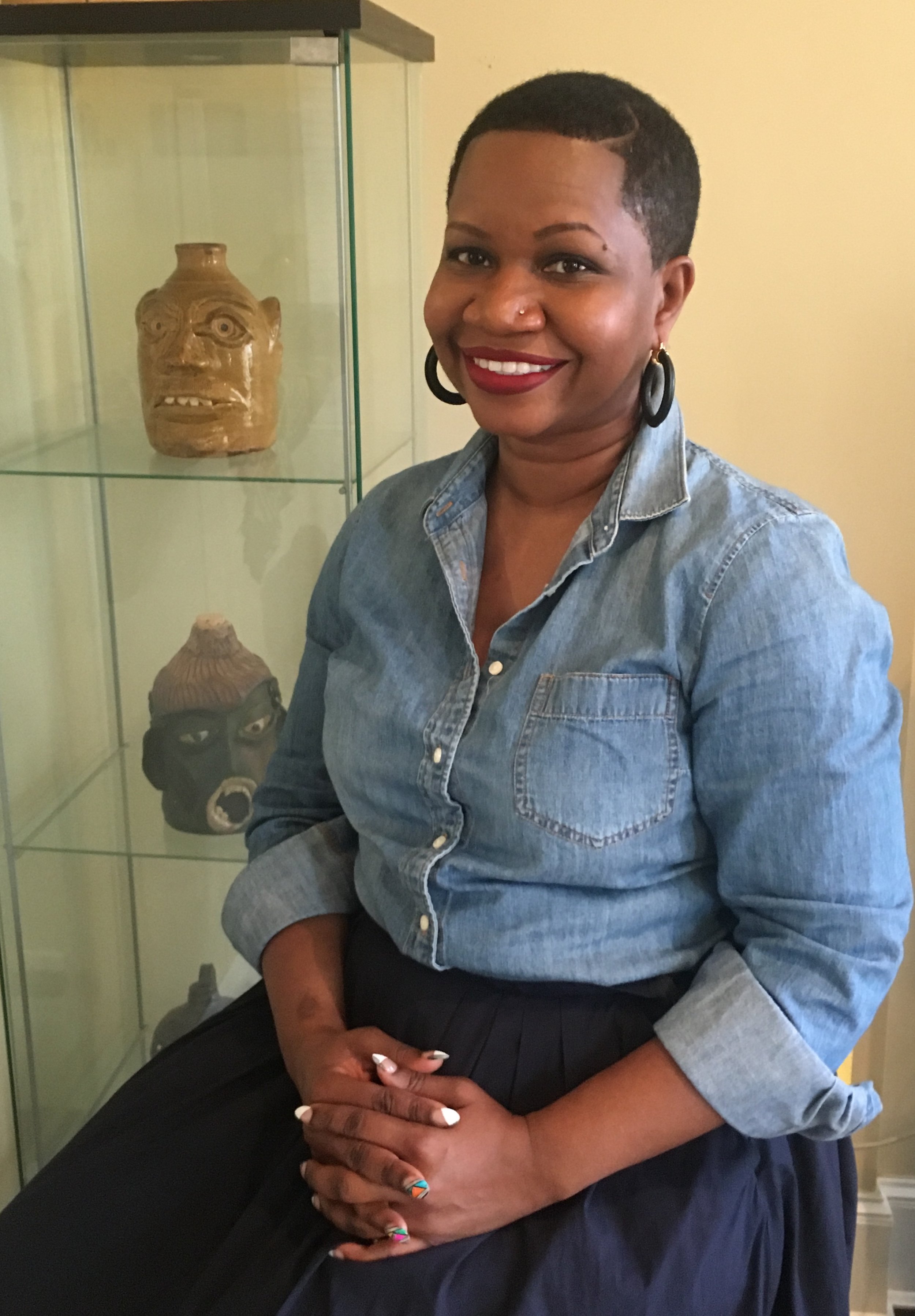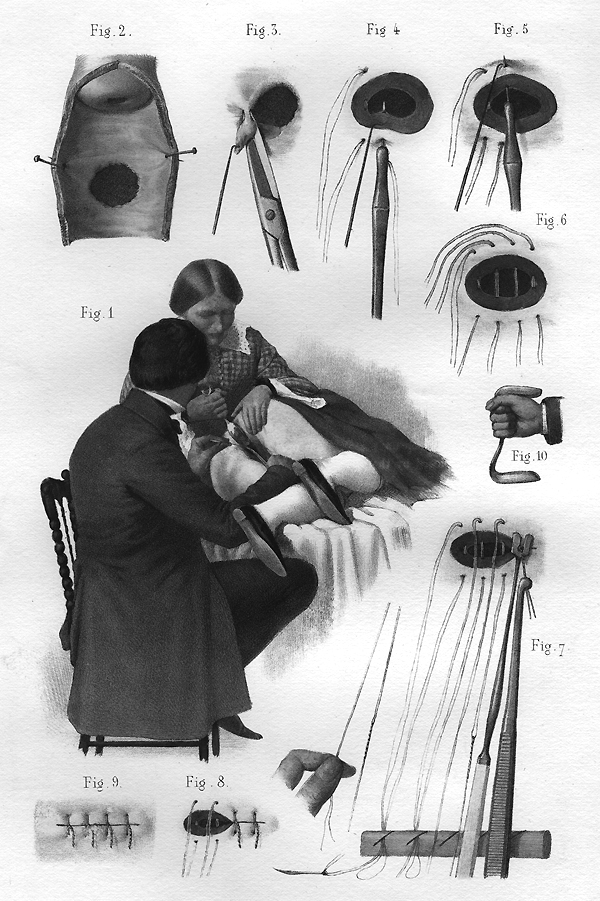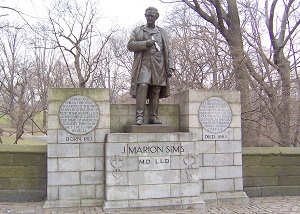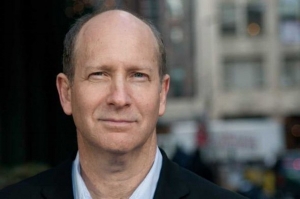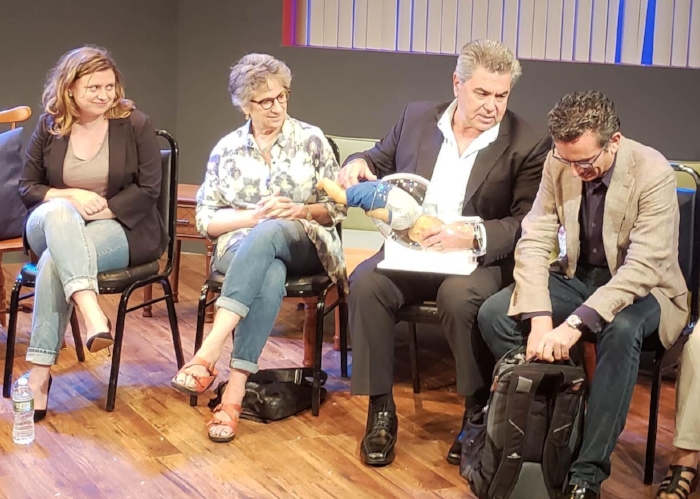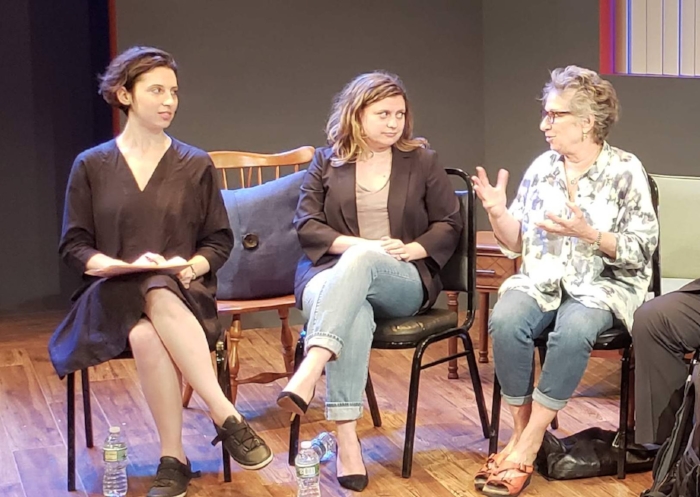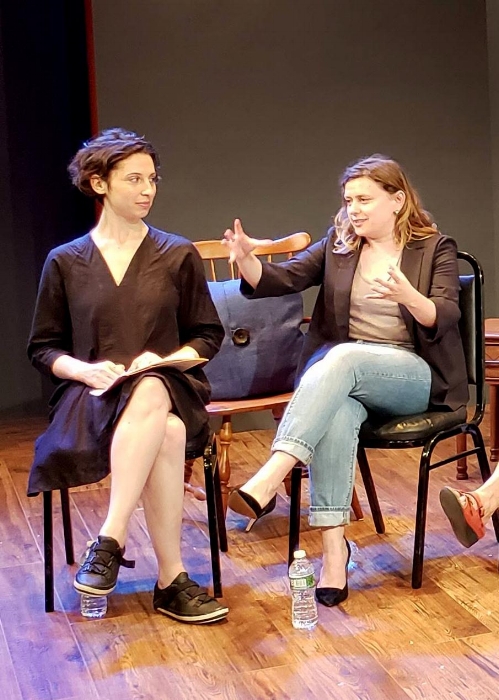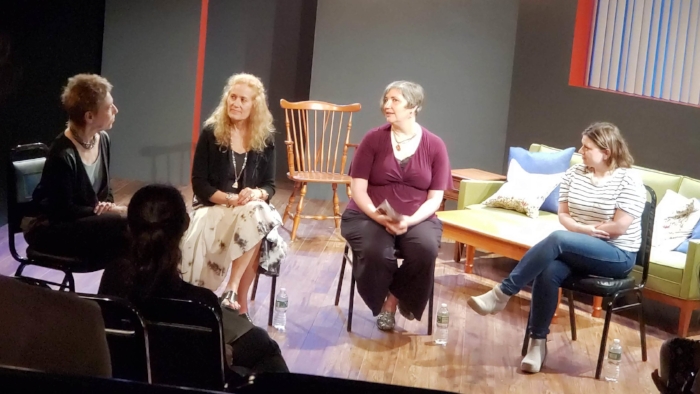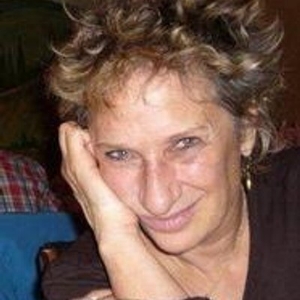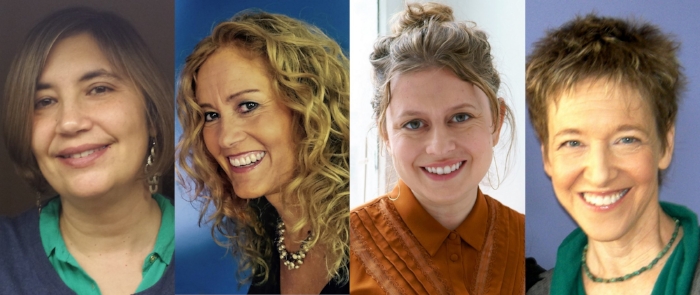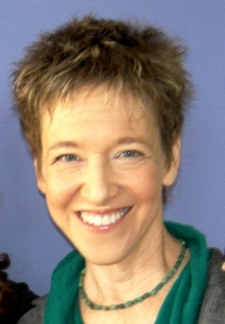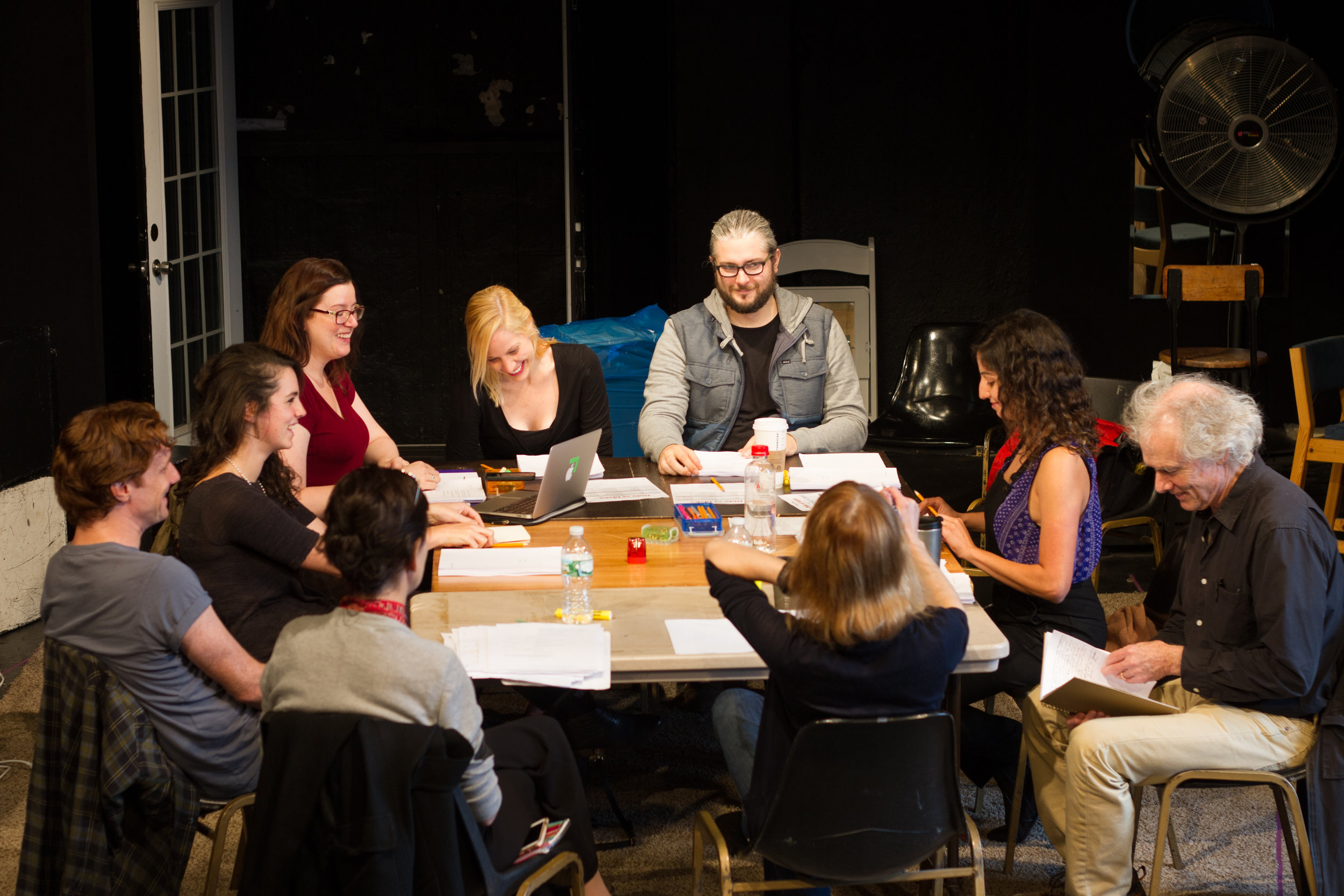This year the EST/Sloan First Light Festival is featuring THE SECRET LIFE OF SEAWEED by Julie McKee as a satellite event at HB Playwrights Theatre, a co-production of Collider Theater and HB Studio. Performances of the production directed by Jean Randich began February 2 and run through February 16. Tickets are free and can be reserved here. Set in New Zealand in 1941, the play follows the quest of botanist Louise MacGregor and her sixteen-year-old assistant to find Pterocladia Lucida, a species of seaweed critical to the war effort. The playwright explains . . .
(Interview by Rich Kelley)
What inspired you to write THE SECRET LIFE OF SEAWEED?
I have a book called The Book of New Zealand Women: Ko Kui Ma Te Kaupapa and in it there is a photo taken in 1935 of Lucy B. Moore, a prominent scientist and botanist wearing boys’ shorts. Among her many achievements, she was tasked during the Second World War, to travel around parts of the NZ coast in search of Pterocladia Lucida, a seaweed needed for biomedical research. In order to succeed, she needed support from the children of the native schools of the East Coast. I thought, what an adventure that must have been.
What kind of research did you do to write your play?
A ton. I found all my research about seaweed on the Internet. The history of New Zealand during WW2 was from film, documentary, books and the Internet. I grew up in New Zealand, so the Pakeha culture is second nature. Since my dad served in the Pacific, I've always been fascinated with that era. Growing up in New Zealand when I did, most of us Pakeha were horribly ignorant of the Māori experience and culture. I did a lot of homework. As Dr. Ella Henry, one of our Māori advisers put it, "I thought the dialogue accurately reflected the casual racism about Māori issues and people for the era." She and Rangimoana Taylor, actor/director and storyteller, also pointed me in the right direction regarding Māori specific matters and pronunciation. They were very helpful and I am grateful for their enthusiastic support. While on holiday in New Zealand, I followed in Lucy's footsteps from Te Kaha to Gisborne. Of course, I was in a car, stayed in motels along the way, and conducted interviews about the history of the area when I could. She did it on foot, or in a horse-drawn cream cart and the occasional service car. It's a remote area even today but a gorgeous trek. The coastline is stunning.
Why did you decide to fictionalize Moore as your character Louise MacGregor?
I fictionalized her private life as there was little I could find on her personal life. The adventures along the way are also fictionalized; however, the purpose of the mission is actual.
Moore frequently worked with the botanical illustrator, Nancy Adams, who began working for New Zealand’s Department of Scientific and Industrial Research (D.S.I.R.) in 1942 at the age of 16, much like Louise’s assistant, May Smith. How much of Smith is based on Adams?
Nancy Adams did indeed accompany Lucy on this wartime journey at 16, as does May. She was a talented botanical artist and worked for the D.S.I.R. as does May. But I was not able to find much about Nancy's personal life or her relationship to Lucy except that they remained lifelong friends and frequently worked together after this mission. Fact and fiction intertwine.
The play is quite steeped in Māori culture. Was this also part of Lucy Moore’s story?
The majority of the play takes place in a predominantly Māori area. The success of the mission depended upon the participation of the local population. I couldn't tell the story without their presence.
How did THE SECRET LIFE OF SEAWEED became a satellite event of the EST/Sloan First Light Festival with numerous performances at HB Studio?
The play began as an EST/Sloan Project Commission. Then as the play developed through the EST Playwright Unit and the HB Rehearsal Lab Project, ten performances were offered via Edith Meeks and the HB Performance Lab, directed by Jean Randich, and funded in part by Collider Theater and the EST/Sloan Project. It’s been such an opportunity. We took three short weeks to test it on its feet with a wonderful and dedicated group of artists led by the gifted Jean Randich and assisted by stage manager extraordinaire Colton Robertson. So "hold on to your hats" cries Archie as he hurtles downhill with no brakes.
Playwrights who work on science-themed plays often find that their research turns up things both surprising and delightful that they are pleased to include in their plays. Did that happen for you in researching THE SECRET LIFE OF SEAWEED?
I was surprised to find that seaweed is the food source of the future, easily farmed, easily sustained, as long as the oceans remain healthy. It was the first species to have sex. The etymology of the Butterfly Pea. Many things!
What do you want the audience to take away from THE SECRET LIFE OF SEAWEED?
What connected me to writing this story were the enormous adjustments and sacrifices that ordinary women make during the extraordinary times of war. How shame and repression of grief brought on by society can warp a person's character and the choices they make.
Other plays you’ve written have been part of the EST/Sloan First Light Festival. What was Fringe Benefits about?
Fringe Benefits is about a Reno showgirl who is approaching a certain age, the effects of gravity, and her efforts to understand the science behind it.
You also teach playwriting. What do playwrights need to know about how to write a good science-themed play?
Develop your characters and their personal journey too, but then again, it depends on the kind of play you're writing.
What’s next for Julie McKee?
Will Sacrifice. New York 1996. A mature couple's search for home, and each other during the real estate boom in the lower Catskill Mountains. A comedy.
The 2019 EST/Sloan First Light Festival runs from January 28 through March 1 and features readings and workshop productions of ten new plays. The climax of every EST/Sloan season is the annual Mainstage Production, which this year was the world premiere of BEHIND THE SHEET by Charly Evon Simpson. Directed by Colette Robert, BEHIND THE SHEET confronts the history of a great medical breakthrough by telling the forgotten story of a community of enslaved black women who involuntarily enabled the discovery. Previews began January 9 and the show runs through March 10. Tickets can be purchased here. The First Light Festival is made possible through the alliance between The Ensemble Studio Theatre and The Alfred P. Sloan Foundation, now in its twentieth year.





